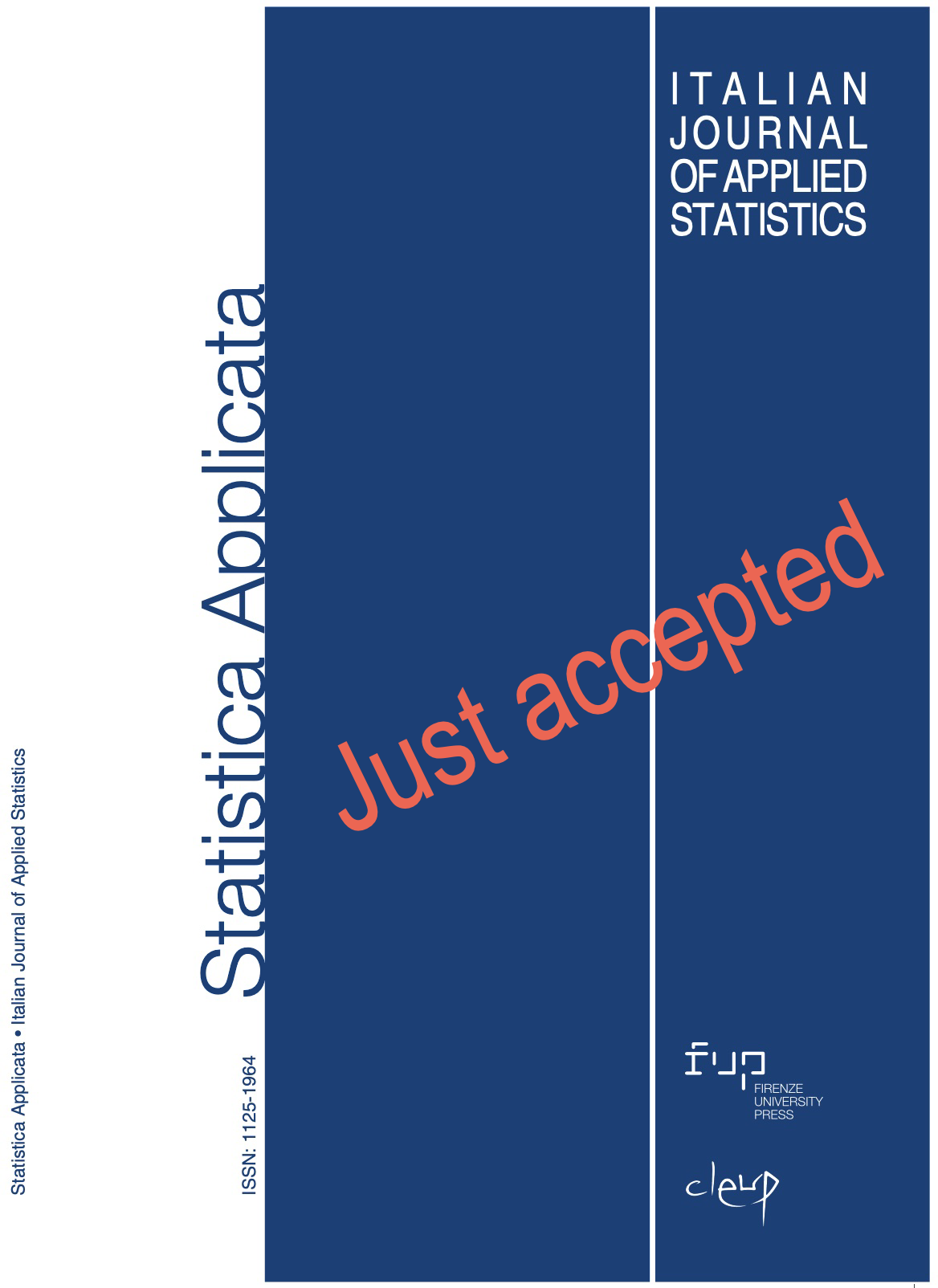Published 2024-12-20
Keywords
- Gender Equality Index,
- European Union,
- Ranking of countries,
- I-distance method,
- CIDI methodology
How to Cite
Copyright (c) 2024 Milica Maričić, Veljko Jeremić

This work is licensed under a Creative Commons Attribution 4.0 International License.
Abstract
Over the last few decades, gender (in)equality has become a topic of high interest because it has possible implications for the global economy and the overall level of sustainability. With this in mind, the policymakers needed an accurate, reliable, and multidimensional measure of the level of gender (in)equality. Indicator-based measurement approaches deemed as an obvious solution. Among several composite indicators in the field of gender equality, the Gender Equality Index (GEI), devised by the European Institute for Gender Equality, attracts attention for its methodology, structure, and the number of yearly publications. Considering the possible consequences of GEI results on the EU level, our study aims to analyze the methodological choices of this composite measure, precisely to review its current indicator list and weights assigned to them. To conduct the GEI analysis, we applied a statistical I-distance method, i.e. a methodology that can overcome the issue of subjective weight assignment. The performed twofold I-distance approach gave us an insight into domains and total score dynamics, while the applied Composite I-distance Indicator (CIDI) methodology proposed corrections of domain weights. Finally, through the iterative exclusion of indicators by the level of their relevance, using the post hoc I-distance, we provide an in-depth analysis of the countries’ rank consistency depending on the number of remaining framework indicators. The obtained results indicate that the expert-driven weights assigned to domains are supported by the data and are unbiased, but that there is place for reducing the number of framework indicators.


